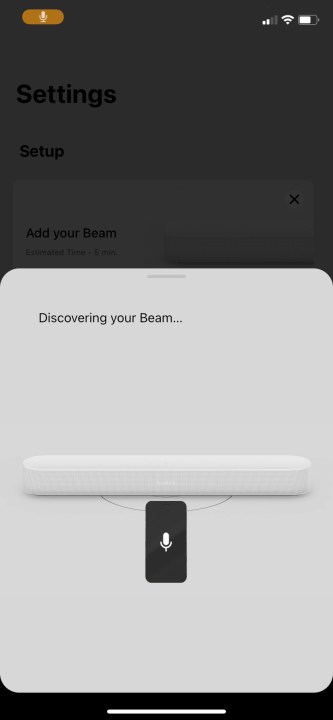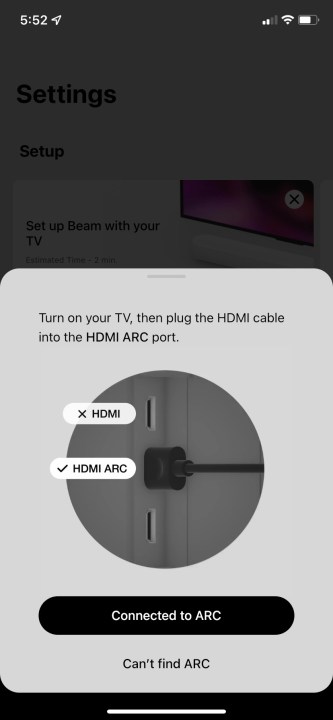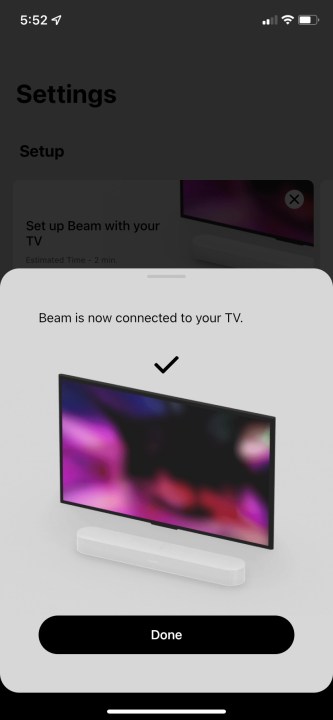When it comes to wireless speakers, Sonos consistently lands on best-of lists for performance and reliability, including our own best speaker list.
Sonos has been around for more than two decades. While the company originally cemented its reputation with its Wi-Fi-connected hi-fi speakers, it has also branched out into subwoofers and, yes, soundbars so that you can invest in some sweet, room-filling sound for your much-loved living room TV. When it comes to the company’s soundbars, two of the most popular options are the Sonos Beam (Gen 2) and the company’s most affordable soundbar, the Sonos Ray.
Which Sonos soundbar is right for you? We’ve compared both models, weighing in on key criteria like design, sound quality, and price, to help you determine which of the two Sonos devices is best for you, your needs, and your budget.
Design
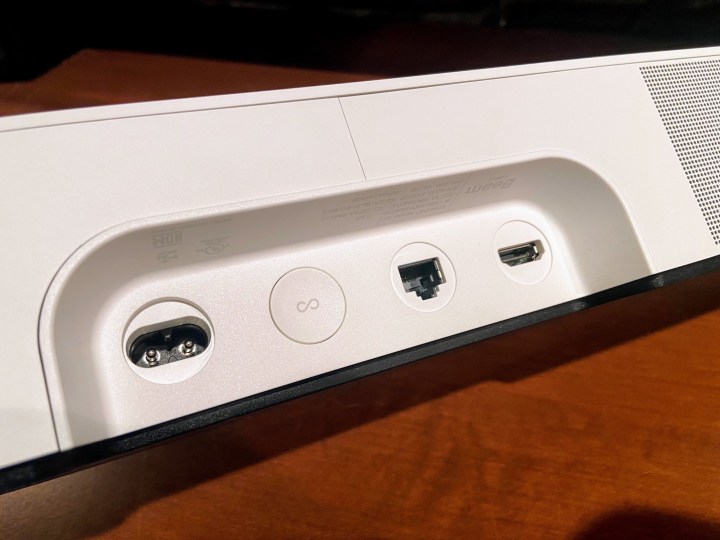
The Sonos Beam is available in black and white finishes and measures 25.6 inches wide, 2.7 inches tall, and 3.9 inches from front to back, and weighs 6.2 pounds. Swapping the fabric grille of the previous Beam generation for the tougher plastic covering found on the Sonos Arc, the Beam is equipped with four elliptical midwoofers, three passive radiators, and a single center-facing tweeter. In terms of power and performance, the Beam uses five Class-D amplifiers to run the show, meaning it has a fair bit of power.
The Sonos Ray also comes in black and white and is clearly the smaller soundbar of the two, measuring 22 inches wide, 2.79 inches tall, and 3.74 inches from front to back, and weighing 4.29 pounds. A plastic grille covers the entire front of the soundbar, with flared edges adding a sharp but stylish look to the chassis. In terms of audio peripherals, the Ray features two high-performance midwoofers, a single tweeter, and four Class-D amps to power everything.
The Beam and the Ray can be controlled with the Sonos app, but each soundbar also features a set of top-facing buttons for playback controls and track skipping. Both the Beam and Ray are relatively compact and can also be placed on top of a stand or wall-mounted.
While the design category may not be as much of a factor for certain buyers, the Sonos Beam definitely looks like the stronger soundbar, but it’s not like the Ray pales in comparison — it’s just the smaller of the two. But with the additional speakers and power for the extra dollars, this one kind of comes down to your pocketbook and the power you need for the space you have, so we’re calling it a draw — you’ll be good whichever one you decide on.
Winner: Tie
Connections and controls
In terms of actual inputs, the Sonos Beam and Sonos Ray are similar, except for one major category: the audio connection between the soundbar and your TV.
The Sonos Beam (Gen 2) has a DC power port, an Ethernet port, a Join button, and an HDMI ARC/eARC port. The Ray has the same power and Ethernet connections and a Join button, but instead of HDMI ARC/eARC, the Ray is equipped with a digital optical connection.
In the grand scheme of things, the Ray’s digital optical connection will still provide a solid signal path from your TV to the soundbar but will deliver less overall bandwidth, which translates to no hi-res playback or Dolby Atmos (more on that later).
Both the Sonos Beam and Ray can be controlled with the Sonos app and your TV remote. And while they are comparable in many ways, one of the standout control differences is that the Ray doesn’t have a mic built-in, which means it doesn’t support the Google Assistant, Alexa, or Sonos Voice controls that the Beam does. That’s not necessarily a huge deal if you add at least one voice-enabled Sonos speaker to your setup, like a pair of Sonos Ones as part of a surround configuration or even an Echo or Google Home device, which will bring voice control to the Ray setup. All that fuss, however, is what’s holding the Ray back from being the more complete package that the Beam is.
Winner: Sonos Beam
Setup
Setting up any Sonos component is a relatively straightforward task that only requires the Sonos S2 app (for iOS and Android devices), power, and a Wi-Fi connection. However, if this is the first Sonos speaker you’ve ever purchased, you’ll be tasked with creating a free Sonos account before setting up your soundbar.
Similar to other Sonos hardware, once you’ve downloaded the app, confirmed your credentials, and plugged in either your Beam or Ray, the Sonos app will automatically begin searching for new devices on your home network. Once your soundbar is plugged into your TV, you’ll also be asked to program your TV remote to work with the soundbar (with instructions provided in the app).
Over the years, Sonos has always worked a little more efficiently with iOS devices, and if you’re setting up your Beam or Ray with an iPhone or iPad, you’ll be able to use Sonos Trueplay to calibrate the soundbar based on its listening environment (Trueplay isn’t available for Android devices).
Winner: Tie
Sound quality
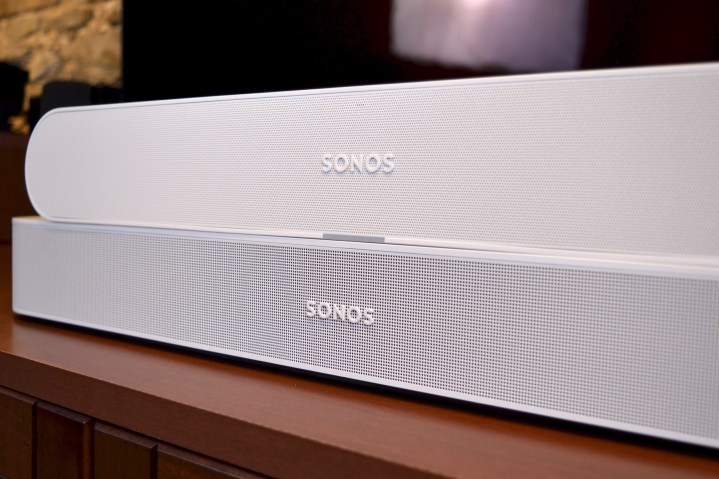
From the ground up, the Sonos Beam is engineered to deliver a bigger and more immersive home-theater-style sound. Like the Sonos Arc, the Beam’s HDMI ARC/eARC connection gifts the soundbar with much higher bandwidth. This is why the Beam is capable of decoding a number of hi-res audio formats, including Dolby Atmos.
And that’s the other big perk of the Beam: Atmos compatibility. Keep in mind that, unlike the Arc, which is equipped with top-firing drivers, the Beam’s main driver array focuses more on ear-level surround listening, with Atmos virtualization as a secondary consideration. But if you’ve been wanting a soundbar that can unpack some of the gravitas that is an Atmos-encoded movie or song, you could do worse than the Sonos Beam.
Beyond the Atmos accolades, though, the Beam sounds incredible — even without a dedicated subwoofer. The low end is bold but not overbearing, and the mids and highs come through sharp and clear. Ultimately, the total soundstage isn’t as wide as the kind of coverage you’ll get with bigger bars like the Arc, but for around $450 less, the Beam is certainly a much more cost-friendly alternative to a traditional surround system.
So how exactly does the Sonos Ray stack up against the Beam? Well, as the lack of passive radiators, fewer drivers, and fewer amplifiers may suggest, the Ray is the softer-hitting soundbar of the two. In fact, price-wise, the Ray really belongs more in an entry-level soundbar category rather than the mid-sized tier of the Beam.
Sure, the Ray is smaller, but while it’s only outfitted with a digital optical connection (which removes any chance of hi-res playback or Atmos), it’s not a weak soundbar. Thanks in part to the flared ends of the front grille, the Ray is able to create a much bigger soundstage than looks would lead one to believe. And while bass, mids, and treble are all a bit reduced when compared to the Beam, the Ray’s sound is still rock-solid and on-par with something like Sonos’ One lineup.
When buying a Sonos product, you’re also investing in a world of expansion options. Whether you want to add additional speakers to a second room or want to group two speakers and a subwoofer with your Beam or Ray to create a full surround system, how you choose to add components is entirely up to you.
If your budget allows it, we’d actually recommend adding the Sonos Sub Mini to your Sonos Ray to up your bass game in your living room.
Winner: Sonos Beam
Price
The Sonos Beam retails for $429 and includes a one-year limited warranty. The Sonos Ray sells for $279 and also comes with a one-year warranty.
Throughout the year, you may find that both soundbars drop in price, and if you’re interested in bundling multiple Sonos items together, the company sells the Beam and Ray as part of several different speaker packages.
Winner: Sonos Ray
The verdict
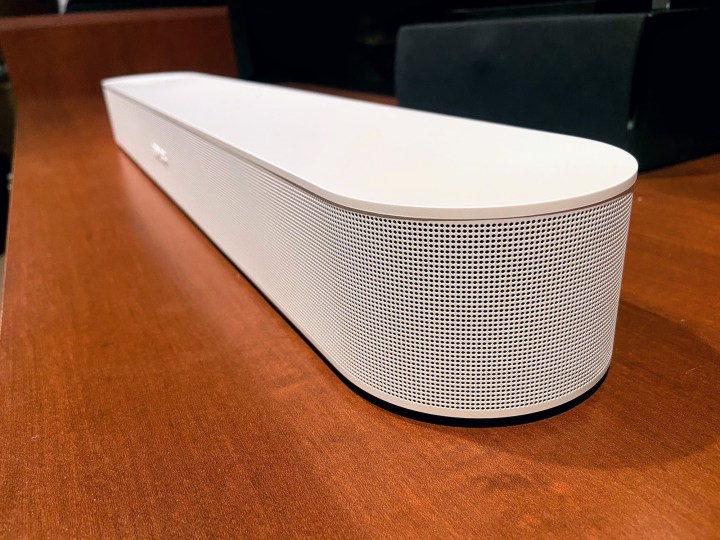
For only $150 more than the Sonos Ray, the Sonos Beam is the bigger and better Sonos soundbar, hands down, and is built to deliver a more robust home-theater experience for small- to medium-sized rooms. If you can stomach the extra cost, this is your pick.
This isn’t to say that the Sonos Ray is a bad soundbar. In fact, if you’re working with a limited amount of space and simply want to bypass the tinny output of your TV speakers, the Sonos Ray is one of the best entry-level soundbars on the market.
But alas, one soundbar must take home the grand prize.
Winner: Sonos Beam
